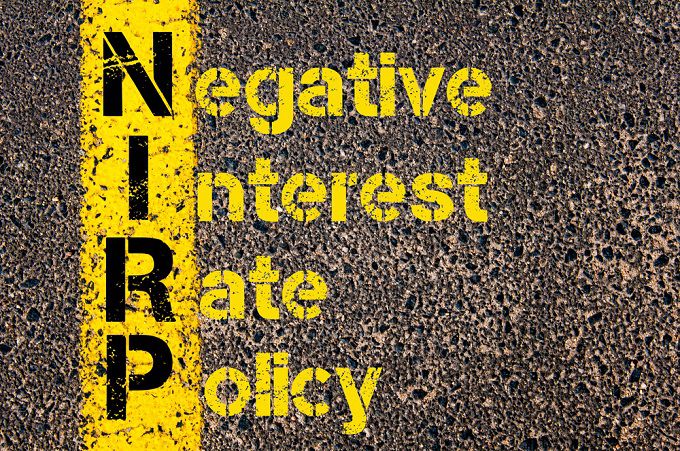

Since the great recession, a large number of advanced economies have been stuck with low growth and low levels of investment and inflation. Attempting to regain growth, central banks have taken increasingly forceful monetary measures. Of these, perhaps the most controversial and least understood is negative interest rates. Setting interest rates to below zero are often viewed as an unconventional policy, but it can actually be seen as a continuation of the perfectly normal monetary policy practice of moving the short-term interest rate in response to fluctuations in the economy.
It seems strange when a lender pays interest to a borrower instead of the other way round—but that’s precisely what is happening in parts of Europe and Japan. In June 2014, the European Central Bank (ECB) cut the interest rate on its deposit facility to below zero. Three further cuts followed, the latest one in March 2016 (to -0.4 percent). Central banks in Switzerland, Sweden, and Denmark have also pushed interest rates into negative territory. Then in January 2016, the Bank of Japan (BOJ) joined the chorus, unexpectedly announcing that it would charge banks for excess reserves.
Interest rates are the single most important monetary policy tool used by central banks to influence inflation throughout an economy. A central bank attempts to combat deflation by reducing interest rates in order to encourage consumers and businesses to spend money and raise prices. In some cases, these conventional monetary policies don’t work and the central bank will lower interest rates into negative territory. The move is designed to incentivize banks to lend money and businesses to spend money rather than pay a fee in order to keep it safe at a bank.
The unconventional monetary policy of negative rates is untested, which makes drawing any sure conclusions a difficult task. Ultimately, negative rates in Europe and Japan may stimulate economic growth. But they may also have undesirable and unforeseen economic and financial consequences — including misinterpretations by individuals and businesses alike, who, reading desperation in central bank actions, may be inclined to hang on to their money rather than invest or spend. It will take time to measure the positive and negative effects and reach a meaningful evaluation of the experiment.
Although cutting interest rates is primarily intended to influence domestic businesses and households, it also has an effect on trade. When central banks cut policy interest rates, currency exchange rates tend to fall. In 2008, for example, when the Bank of England cut its base rate from 5 percent to 0.5 percent, sterling’s exchange rate fell by as much as 25 percent against all major currencies. Similarly, after the European Central Bank (ECB) introduced negative rates on bank reserves, the exchange rate of the euro versus the U.S. dollar fell continually over the next few months.
To receive new articles instantly Subscribe to updates.